snapshot
Married: To Jon, two children - Lara, 4, Hazel, 1. Girls rock.
Favourite supermarket? Waitrose. And a bit of Tesco Express because it’s open late. And I’m a working mum, so Ocado.
Describe your job in a single sentence: I help brand advertisers put the web at the heart of their strategy.
Best career decision: Joining Google was a canny decision. It’s been enriching and complementary to what I did before.
Worst career decision: Not firing someone that wasn’t up to the job quickly enough.
Best advice: Don’t worry about climbing up the ladder. It’s the foundations you build that matter.
Worst advice: There is lots of conflicting advice about being a working mum. The only person that can figure that out is you.
Favourite movie: Dead Poets Society
Last book: The Goldfinch, by Donna Tartt. I loved it once I got into it.
Death Row meal: Some Indian food, with a nice big glass of Châteauneuf-du-Pape.
What is the last thing you Googled? ‘Pancake’ after my four year old refused to accept my excuse that I didn’t know how to make them, and patiently explained that you could find out how on the internet.
When Google was born in 1998, it was just a simple search engine. This year it turned sweet 16 and is now the most visited website, and arguably the most powerful company, in the world.
It’s also earned a reputation as a progressive employer, which makes it an attractive proposition to any potential employee. “You don’t say no to Google,” laughs Gayle Tait, the company’s “still pretty fresh” director of consumer packaged goods, who was lured away from L’Oréal six months ago after a 15-year stint at the cosmetics giant.
She spent the past four of those years as L’Oréal’s youngest-ever UK MD, moving up the ranks after joining its graduate scheme in 1999, straight from Oxford. Notable achievements include reversing L’Oréal UK from being in decline to hitting topline sales of £270m, and signing up Cheryl Cole to make the marketing more UK-centric - a blend of savvy qualities that brought her to the attention of Google. Tait says she wasn’t exactly headhunted, but after having done “a lot of work with Google” a “conversation took place and one thing led to another.” Not that it was as simple as that. She jokes about having “25 interviews.” In reality, it was just five.
“Most people have 12,” she says, not joking. “Quite a lot of people have quite a few interviews based around four capabilities: are you smart; are you a leader; your role-related knowledge; and your Googleiness, which means are you someone that collaborates, are you a nice person, can you motivate people?”
If you get through the door after all that, “the pace quickens.” Google is “an untraditional organisation experiencing a whole other level of growth,” which means today’s multi-faceted Google is aeons away from the simple search engine that rapidly became best in class around the turn of the century. “Search” remains a central tenet, however.
“There are 100 billion searches a month,” says Tait. “We still return great results users want to click on, but search is also a database of intent. That makes it interesting for the brands we work with because it offers tonnes of insight.”
It enables them to accurately aim their ads at consumers that have Googled their products, for example, and even hardwire that insight into their actual products. While still at L’Oréal, Tait wanted to take advantage of the trend for dip-dying hair, also known as ombre, or balayage, or “loads of other words.” That meant L’Oréal was undecided over precisely which words to use on the packaging for its dip-dye products to generate mass appeal. Analysing Google searches clarified exactly which words people were using when they searched for dip-dye, allowing L’Oréal to accurately determine what it should be using on pack. It could also analyse what searches people were running in the same window of time - for instance, ‘ombre’ followed by ‘fishtail plait’ in the space of a few minutes. As a result, the on-pack picture might show the model wearing dip-dyed hair in a fishtail plait.
Like a girl
After using Google search metrics to deliver a winning product, brands can then use Google to advertise it, via YouTube. Snapped up by Google for a cool £1bn stock-for-stock transaction in 2006, digital media consumption via YouTube has “doubled since 2010,” says Tait.
YouTube’s biggest stars include video bloggers like Zoella, whose channel is focused on shopping, fashion and beauty. She has over six million subscribers. Tait says that’s “more than Cosmo.” It’s a lot more: Cosmopolitan has 189k subs; Vogue has 132k.
“People spend 43% of their viewing time on digital media,” says Tait. “There are a billion people going to YouTube globally, and 50% watch more than two hours a week. And it’s not just young people; 50% of them are over 35.”
When it comes to exploiting this ever-accelerating trend for digital media consumption, Tait says the smaller fmcg players have been quick to take advantage, although the giants are also starting to take it more seriously. P&G’s ‘Always like a girl’ campaign is a case in point: it was a “great viral” and a “very new advertising model for P&G, and a very admirable one; when you think about the players in that market it’s been a while since Dove did Real Beauty Sketches.”
21st-century approach
Evian is “another good example. It used YouTube for its Baby & Me campaign and had 20 million views in two days, but, crucially, people shared it. That’s the next benchmark for brands, to make an ad that people like and want to share. That’s very powerful. And they had an accompanying app that was downloaded 25 million times. That’s brand awareness and engagement on a whole new level. It’s a 21st-century approach to marketing.”
Retailers are at it, too. Asda launched a YouTube channel called ‘Mum’s Eye View’ in March and signed up Zoella to present a video making cupcakes, using ingredients from Asda. It’s been viewed over 584,000 times. Overall, Asda’s channel has 57,000 regular viewers and its videos have racked up two million views. Last month, the retailer started trialling in-video purchasing, allowing viewers to click on a product they liked the look of, add it to their Asda.com basket and resume viewing, without leaving YouTube.
Tait is keen to stress that “TV is still very important,” but examples like these make advertising on traditional media, like TV and print, feel hopelessly outdated. So how does the cost compare?
Tait offers up a video by Google’s chief economist, Hal Varian, for a detailed explanation of how the pricing model works, which is available for anyone to see on YouTube (naturally), but says in her former role at L’Oréal “we used to talk about ‘spray and pray’. You’d sign off on the media then wait and see. Today, Evian puts its ad online then sees what works. If the video is skippable, they know - if you watched it all - it’s likely you found it interesting, so they can be confident you might buy the product, which makes you relevant for targeted advertising. Or they can see at what point you skipped it, say the 29th second, which could inform their creative choices.” Compared with old ad techniques, she says “we are getting much smarter.”
Win or lose
And still, Google is only 16. “That’s what’s so exciting. And fun. About 70% of the times we meet advertisers we talk about something new. Internally we talk all the time about how this is as slow as it’s going to get for digital. The landline phone took 50 years for 50% of people to use one; smartphones took seven years to get to 75%. And it’s getting quicker and quicker. Globally, there are more people with mobiles than toothbrushes. We will download faster; have bigger screens; use wearable technology… I should have worn my Google glasses.”
Google Glass is still in beta, but that doesn’t stop anyone speculating about the ways it could be deployed in grocery. “It will completely change picking times in warehouses,” suggests Tait. “And in-store things will change. Say you want to look up a recipe in-store for inspiration. Rather than having to look it up on your smartphone and push a trolley at the same time, bumping into children and old ladies, you can look up the recipe and still be able to see where you are going.”
At the business end, “Tesco could know a customer has searched for quinoa, so it could ping them a 50% discount on quinoa or a 50% discount on a ready meal with quinoa in it and see what conversion rates it gets, what gives them better value. And it’s all happening for them in real-time. Before, we did a TV ad, it took days to see what happened. Now it takes seconds.”
Ultimately, when you add it all together, from search, to YouTube, to the potential of wearable tech, the common denominator that runs throughout Google is the colossal amount of data, and therefore insight, it collates from all of it. And Tait says, in 2014, fmcg can’t afford not to exploit it.
“If you are a marketeer or a retailer, that data is empowering. And really the only limits to what you do with it are the imagination of the advertiser, and how sophisticated they want to be. I know people keep saying things like ‘big data is the new oil’ and all that, but for fmcg, data is basically currency. And, in the end, how you use that data is going to determine whether you win or lose.”



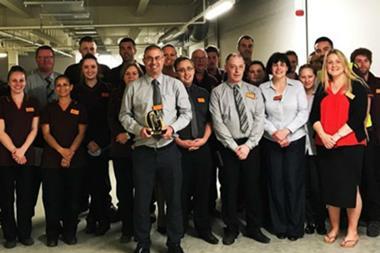
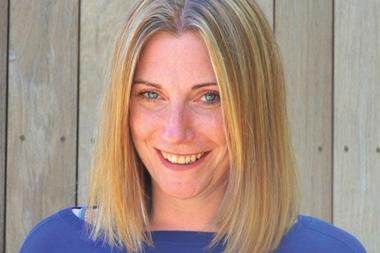
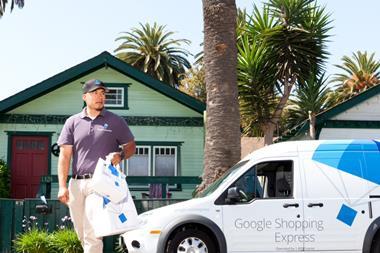
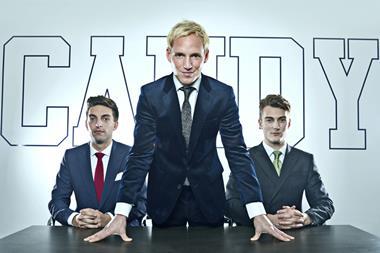
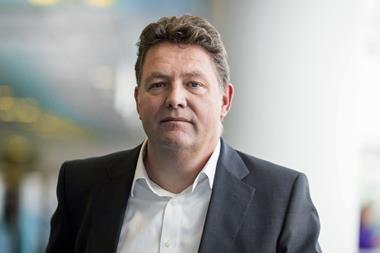
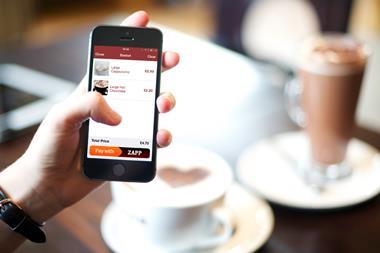

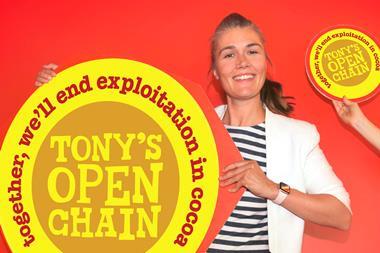
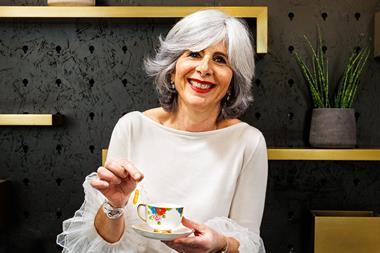
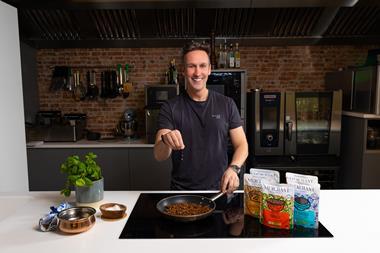
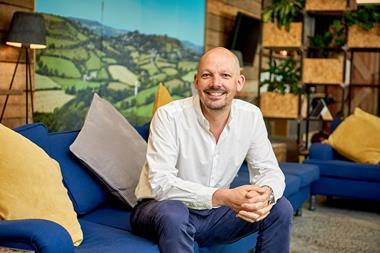

No comments yet